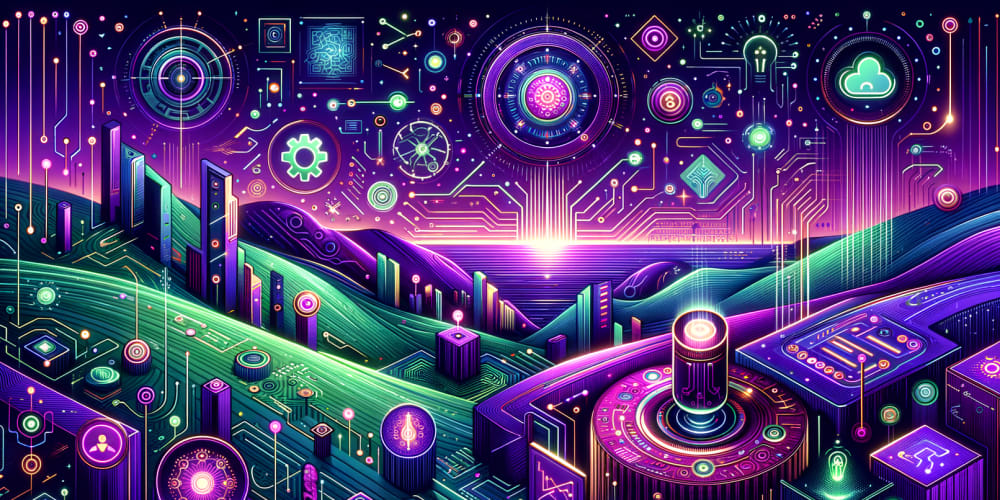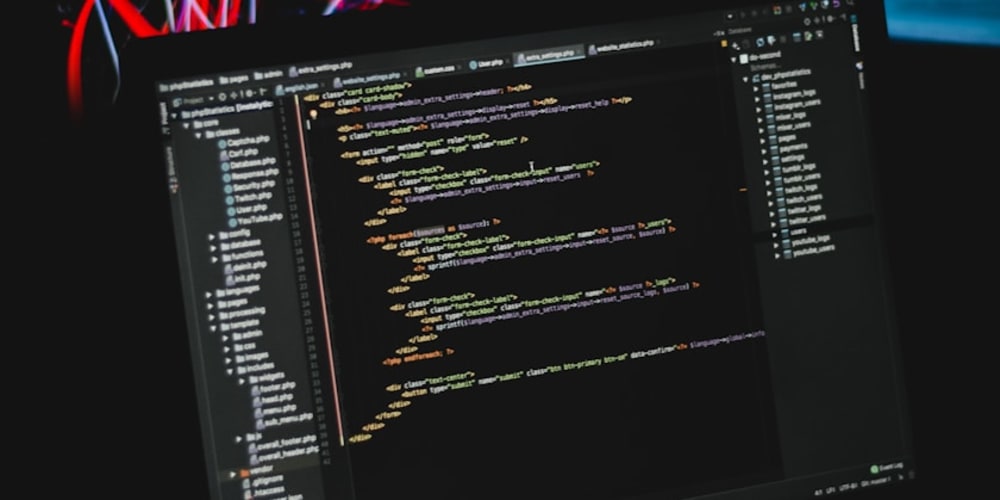Graph RAG: Combining Graph Neural Networks and Retrieval Augmented Generation
Introduction
The intersection of graph neural networks (GNNs) and retrieval augmented generation (RAG) is a burgeoning field that promises to revolutionize natural language processing (NLP). Graph RAG leverages the power of graph structures to enhance the retrieval and generation capabilities of RAG models, enabling them to handle complex and multifaceted tasks with greater accuracy and efficiency.
This article will provide a comprehensive overview of Graph RAG, delving into its fundamental concepts, applications, and real-world examples.
Understanding the Building Blocks
Before delving into Graph RAG, it's crucial to understand its constituent components: graph neural networks and retrieval augmented generation.
Graph Neural Networks (GNNs)
GNNs are a powerful class of neural networks specifically designed to process data represented as graphs. Graphs are a versatile data structure that models relationships between entities, allowing GNNs to capture the intricate dependencies and interactions present in various domains.
Key Characteristics of GNNs:
- Node Embeddings: GNNs learn low-dimensional representations (embeddings) for each node in a graph, capturing its characteristics and relationships with other nodes.
- Message Passing: GNNs employ a message-passing mechanism to iteratively update node embeddings by aggregating information from neighboring nodes.
- Graph Convolution: Similar to convolutional neural networks, GNNs utilize graph convolutions to learn patterns and features across the graph structure.
Applications of GNNs:
- Recommendation Systems: Recommending products, movies, or content based on user preferences and item relationships.
- Drug Discovery: Identifying drug candidates by analyzing molecular structures and interactions.
-
Social Network Analysis: Understanding user behaviors, detecting communities, and predicting trends.
Retrieval Augmented Generation (RAG)
RAG is a paradigm that combines information retrieval with language generation to enhance the accuracy and relevance of text generation models. RAG models typically involve two key components:
Information Retrieval Module: This component retrieves relevant information from a knowledge base or corpus based on a given query.
Language Generation Module: This component utilizes a language model to generate coherent and informative text based on the retrieved information.
Advantages of RAG:
- Improved Accuracy: RAG models can access and integrate factual information from external sources, improving the accuracy and consistency of generated text.
- Enhanced Contextual Understanding: By retrieving relevant information, RAG models gain a deeper understanding of the query context, leading to more accurate and relevant outputs.
-
Handling Complex Queries: RAG models can effectively handle complex queries requiring access to a wide range of information, exceeding the capabilities of traditional language models.
Graph RAG: Merging the Power of GNNs and RAG
Graph RAG is an innovative approach that integrates the strengths of GNNs and RAG to address the limitations of traditional RAG models and unlock new capabilities in NLP tasks.The Advantages of Graph RAG
- Enhanced Information Retrieval: By leveraging the graph structure of knowledge bases or corpora, GNNs enable Graph RAG to perform more efficient and effective information retrieval.
- Improved Contextual Understanding: GNNs capture the relationships between entities in the graph, allowing Graph RAG to better understand the context and dependencies associated with a query.
-
Enhanced Generation Quality: GNNs provide richer and more informative node embeddings, which in turn improve the quality and coherence of the generated text by the RAG model.
Applications of Graph RAG
- Document Summarization: Graph RAG can extract key concepts and relationships from documents to generate concise and informative summaries.
- Question Answering: By leveraging graph structures representing knowledge bases, Graph RAG can answer complex questions by retrieving and reasoning over relevant information.
- Dialogue Generation: Graph RAG can enhance dialogue systems by enabling them to retrieve and generate responses based on the context of the conversation and the relationships between entities.
-
Code Generation: Graph RAG can generate code by analyzing code dependencies and relationships in a graph structure.
Illustrative Example: Question Answering with Graph RAG
Let's consider a real-world example to understand the application of Graph RAG for question answering.
Scenario: A user wants to know the capital city of France.
Traditional RAG Approach: A traditional RAG model would search a text corpus or knowledge base for the phrase "capital city of France." However, this approach might struggle to find the correct answer if the corpus contains ambiguous or incomplete information.
Graph RAG Approach:
- Graph Representation: A graph is constructed with nodes representing entities like countries, cities, and relationships like "capital of."
- Query Encoding: The user's query "capital city of France" is encoded as a graph query.
- Graph Search: A GNN-based search algorithm traverses the graph, starting from the node representing "France." The algorithm follows relationships to find the node representing the capital city.
- Information Retrieval: The GNN identifies the node representing "Paris" as the capital city of France.
-
Answer Generation: The retrieved information is then used by the RAG model to generate the answer: "The capital city of France is Paris."
Steps to Implement Graph RAG
Here's a general workflow for implementing Graph RAG for a given task:
Graph Construction: Define the nodes and edges representing entities and their relationships in the knowledge base or corpus.
GNN Training: Train a GNN model on the constructed graph to learn node embeddings and relationship information.
Query Encoding: Encode user queries or prompts into a graph-based representation.
Information Retrieval: Utilize the trained GNN to perform graph search and retrieve relevant information based on the query.
-
Text Generation: Use a language model (e.g., GPT-3) to generate coherent and informative text based on the retrieved information.
Challenges and Future Directions
While Graph RAG presents promising capabilities, it also faces some challenges:
- Scalability: Training and deploying GNNs on large and complex graphs can be computationally expensive and resource-intensive.
- Interpretability: Understanding the decisions made by GNNs can be challenging due to the complex message-passing mechanism.
- Data Requirements: GNNs require a substantial amount of labeled data for training, which can be difficult to obtain for certain tasks.
Future research directions in Graph RAG include:
- Developing more efficient and scalable GNN architectures for large graphs.
- Improving the interpretability of GNNs by developing methods to visualize and explain their decision-making processes.
-
Exploring novel applications of Graph RAG in diverse domains, such as healthcare, finance, and scientific research.
Conclusion
Graph RAG represents a significant advancement in NLP, combining the power of graph neural networks with retrieval augmented generation. By leveraging the graph structure of knowledge bases and corpora, Graph RAG enables more effective information retrieval, enhanced contextual understanding, and improved generation quality. While challenges remain in terms of scalability, interpretability, and data requirements, Graph RAG holds immense potential to revolutionize natural language processing tasks, leading to more accurate, relevant, and insightful results.
This article provides a comprehensive overview of Graph RAG, outlining its core concepts, applications, and future directions. We encourage readers to explore this exciting field and contribute to its continued development.



















